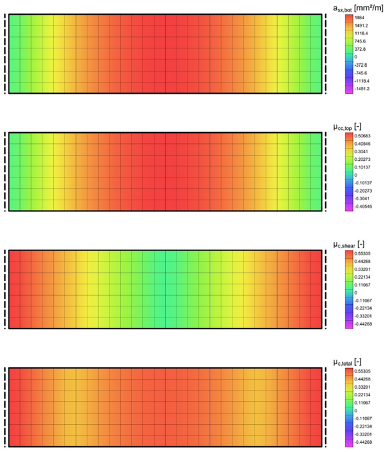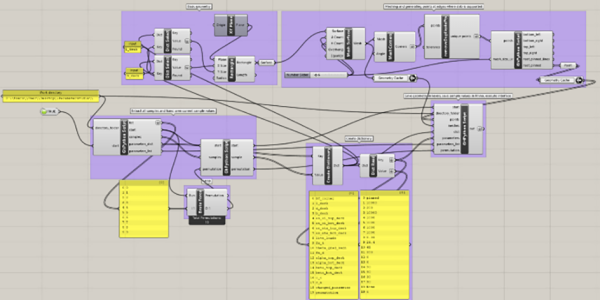Implementation of an Automated Workflow for the Assessment of Railways Frame Bridges
Author: Oskas Tepasse
Language: English
Abstract
Many reinforced concrete frame structures are overaged and require static verification. Different levels of approximation can be used for the reassessment of existing structures, with a more complex modeling process required as the level of approximation increases. A tool is in development that supports the engineers in selecting the approximation level. In phase 2.1 of the project, the bridge attributes of frame bridges were defined, and their variation ranges were determined based on a study of existing structures. Based on these attributes, parameter studies will be carried out for all approximation levels in phase 2.2, which will generate results for a machine learning tool's learning and training process.
This work initiates phase 2.2. A workflow was generated which enables an automated execution of parameter studies for a slab supported on both sides with approximation levels 2 and 3. The ultimate load and the relevant failure mechanism are stored for each parameter combination.
First, the attributes and their variation ranges are defined and sampled in an external Python script. These samples are passed on to a Rhino Grasshopper file. In this file, each sample is iterated over, the geometry is created in Rhino, and an interface is opened in Rhino. With the values of the sample and the geometry in Rhino, a Compas FEA object can be filled in the interface, which converts the inputs into an input file for the internal force analysis. The resulting internal forces are then used for an ultimate load analysis using the uncracked sandwich model to calculate the required reinforcement and concrete utilisation. The ultimate load and the governing failure mechanism are found and stored by iteratively adjusting the internal forces.
The results were verified. Only the influence of the width of the deck on the ultimate load was found to be counterintuitive. This requires further investigation.
The next possible steps would be to use Rhino in batch mode, implement the whole frame structure, and all levels of approximations.


